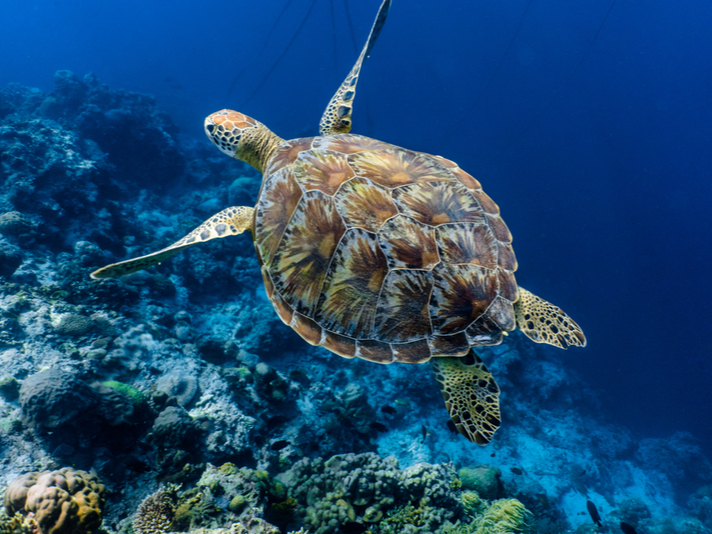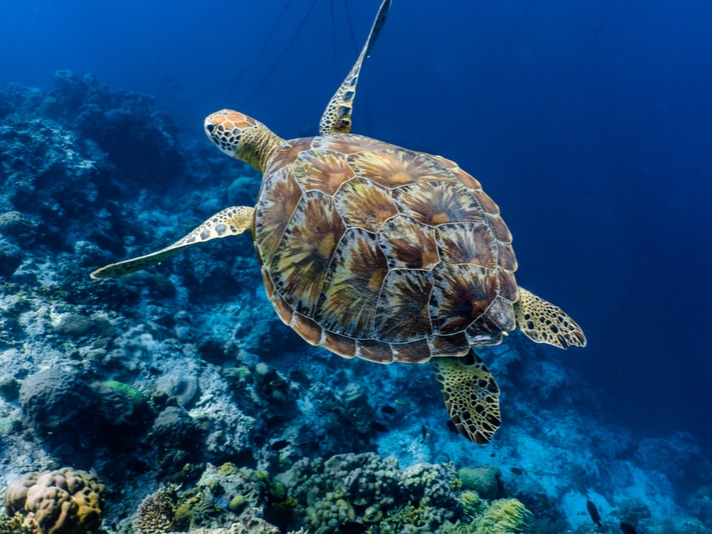Researcher analyzed 37 sea turtle studies that date from before 1900 to 2011.
Green (Chelonia mydas) and leatherback (Dermochelys coriacea) sea turtles are eating twice as much plastic debris than they were 25 years ago, according to a study by Australian scientists with the University of Queensland and the Scientific and Industrial Research Organization (CSIRO).

John Cuyos/shutterstock
Green and leatherback sea turtles ate more plastic over time, and about 80 percent of marine debris originates from land-based sources.
The study suggests that younger ocean-going sea turtles are more likely to ingest plastic trash than their older relatives that live in coastal areas, said study leader and Ph.D candidate Qamar Schuyler. Schuyler said that efforts such as coastal cleanups are not sufficient endeavors to prevent the ingesting of plastics by sea turtles, because the study found that turtles living in an area next to New York City showed very little or no evidence of eating marine debris, while sea turtles found near an undeveloped region of southern Brazil had eaten marine trash, most notably plastic. Schuyler did say that a global coastal cleanup would be an important step in reducing the amount of plastic that ends up in the world's oceans.
According to Euronews, Schuyler and her team of scientists analyzed 37 studies dated from before 1900 to 2011 with a focus on looking at the effects that ingesting trash had on sea turtles and other wildlife. They found that over time, green and leatherback sea turtles ate more plastic over time, and about 80 percent of marine debris originates from land-based sources.
Want to Learn More?
Leatherback Turtle Likely Killed by Ingested Sheet Plastic
Loggerhead Sea Turtle in Japan Fitted with Artificial Limbs
How to Save the World’s Sea Turtles
The IUCN's Marine Turtle Specialist Group lists discarded plastics as a major threat to sea turtles, and especially leatherbacks. Leatherback turtles feed almost exclusively on jellyfish, and they often mistake floating plastic bags, balloons, and other trash that ends up in the ocean as jellyfish.


